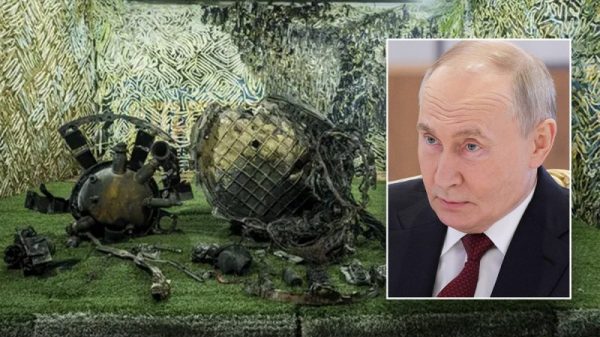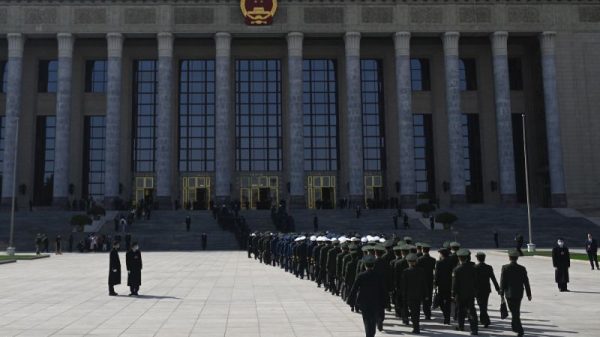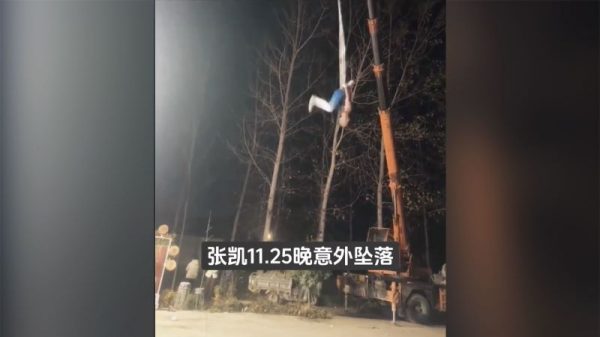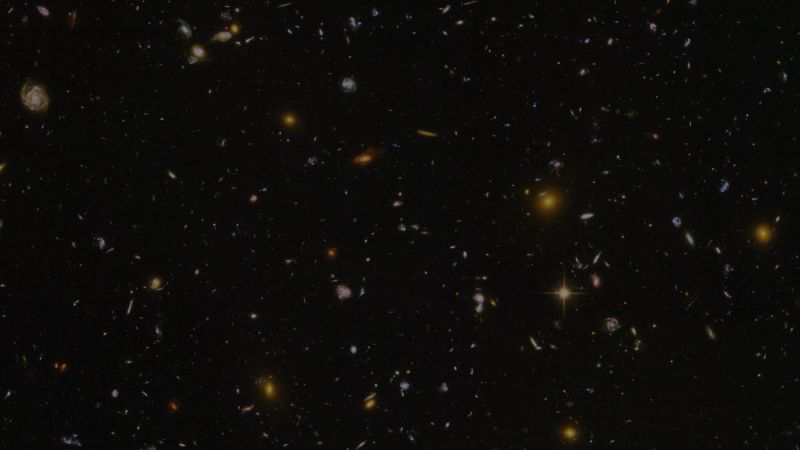The first branch of the Taurid meteor showers is set to peak this weekend, presenting an enticing opportunity for patient sky-gazers.
Southern Taurid meteors have been blazing bright across the night sky since late September, but around the peak — expected at 8:47 p.m. ET Sunday — is when people will have the best chance to catch a glimpse, according to the American Meteor Society.
While the Southern Taurids typically have a frequency of only five meteors per hour, the shower is known for being rich in fireballs, which is a term for a meteor that appears to be brighter than Venus, according to NASA. Venus is the second brightest celestial object in the night sky after the moon.
“Meteors are a part of the night sky that just are out of the norm for people,” said Bill Cooke, lead of NASA’s Meteoroid Environment Office. “You go outside, you see the stars, you see the moon, you see the planets — those are always there … but you don’t always see the meteors. Meteors are a transitory part of the night sky, and people get fascinated by that.”
Local weather conditions allowing, the best time to go outside to glimpse a meteor will be after midnight in any time zone — but be prepared to stay for a while if you are determined to see one, Cooke said. So far, NASA’s meteor cameras have been capturing only about one or two Taurids a night, he said.
Around the shower’s peak, the moon will be nearly half full at 44%, according to the American Meteor Society. That level of moonshine can cause a disturbance when viewing fainter meteors, but since the Taurids tend to be so bright, the moon will likely not interfere, Cooke said.
“You should look away from the moon but there’s no preferred direction — just try to take in as much sky as you can,” Cooke advised. “And use your eyes. You don’t want to use a telescope to observe a meteor shower — too small (of a) field of view.”
The traits of the Taurids
Most meteor showers feature meteoroids that are only millimeters in length, Cooke said, but the Taurids can have meteoroids up to an impressive 1 meter (3 feet) long, making them appear very bright when they burn up in Earth’s atmosphere.
Even with their larger size, most of the space rocks will not make it down to Earth, but if they do, the resulting meteorites — the term for a meteoroid that makes it to the ground — will have broken down into smaller pieces and will not be large enough to cause any damage, Cooke said.
The Southern Taurids originate from Comet Encke, which zips around the sun with the shortest orbit of all known comets in the solar system, according to NASA. Encke’s orbital period takes about 3.3 years, and the comet’s last sighting from Earth was on October 22, when it was at its perihelion, or closest point to the sun.
During its journey, the comet leaves a trail of debris behind that appears as the Southern Taurid meteor shower when Earth’s orbit intersects with its path. Even though the Southern Taurid’s parent comet was recently nearby, the shower is expected to produce low rates this year.
Both Taurid showers saw higher than usual rates in 2022. The phenomenon, known as the Taurid swarm, was caused by Jupiter’s gravity concentrating the debris in front of Earth’s path. Scientists predict the next swarm event will occur in 2025, Cooke said.
Even though the rates are low this year, there is always the chance for a surprise.
“I never say never, because it’s always possible that the unexpected can happen,” Cooke said. “Last year was a good year for the Taurids, 2023 and 2024, not so much.”
Meteors from the Southern Taurids are expected to be seen blazing in the sky until the shower’s finality on December 8, according to the American Meteor Society. Currently, the meteor shower is overlapping with the Northern Taurids, which has been active since mid-October but will not peak until next week on Sunday, November 12.
Remaining meteor shower peaks in 2023
If observing the Taurids’ peak activity has you eager to see more, several other meteor showers still peak this year. Here are the remaining meteor events that peak in 2023:
● Leonids: November 17-18
● Geminids: December 13-14
● Ursids: December 21-22
Full moons
There are two full moons remaining in 2023, according to the Farmers’ Almanac:
● November 27: Beaver moon
● December 26: Cold moon







































